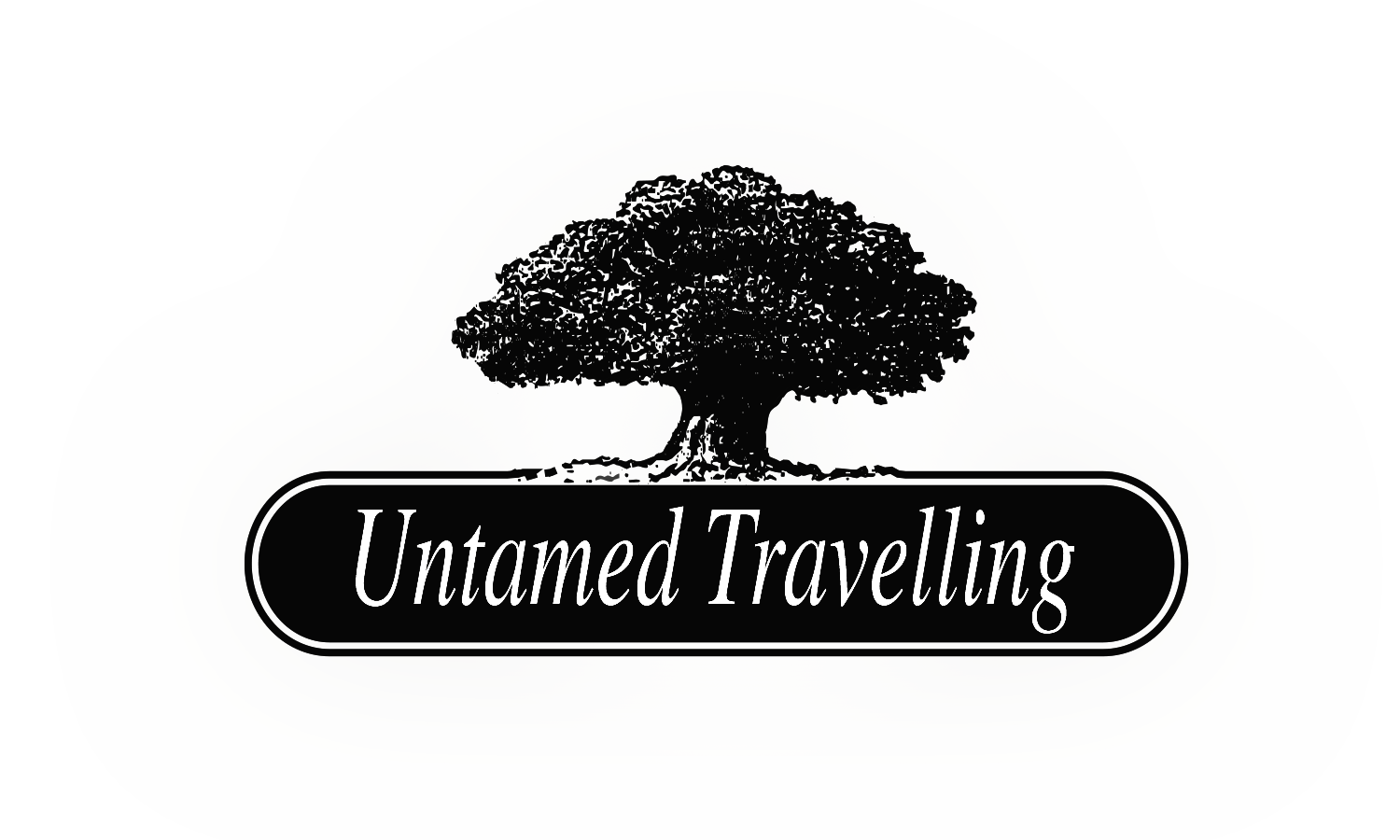An absolute paradise for nature lovers
The national parks cover about 35% of the area of Panama. The nature parks are home to 954 different bird species, including 120 migrants, 220 mammal species, 354 reptile and amphibian species and more than 10,000 species of plants, a true paradise for nature lovers! You can explore the parks in your own way: canoeing, walking, rafting, fishing, diving or cycling.
La Amistad National Park:
La Amistad National Park (570,000 hectares) has been a UNESCO World Heritage Site since 1983. The park is adjacent to the shared mountain range of Talamanca on Costa Rica. Only here you will find subalpiene paramo forests, pure oaks, glacial lakes and high-altitude marshes. There are four different Indian tribes living in this area that benefit from a close cooperation between Costa Rica and Panama. In the provinces of Bocas del Toro and Chiriquí, the park counts no less than 207,000 hectares of rainforest. In Bocas del Toro you can enjoy fishing, canoeing and bird watching such as the beautiful quetzal, the hummingbird and many species more.


Darién National Park:
Darién is the most remote and least populated province of Panama. The entire province consists mainly of rainforest, large rivers, imposing waterfalls, mangroves, deserted beaches and rocky coast. The PanamaNian highway – which runs from Mexico in the north to Chile in the south – stops in this rugged area, which forms a natural border between Panama and Colombia. The Darién National Park, which can only be reached by boat or plane from the town of Yaviza, has been declared a World Heritage Site by UNESCO since the 1980s. Darién is the largest National Park in Panama (575,000 hectares) and thus the largest protected nature reserve in Central America and the Caribbean. The native Embera, Wounaan and Guna Yala Indian tribes share their territory with 450 different bird species and 40 orchid species. This is where culture and nature come together. Because the park is so difficult to pass, it is still very pure and an ideal place for nature lovers. Visiting the Darién is an adventure, where you will definitely have to forgo a bit. Only for the truly adventurous traveller.


Coiba Island National Park:
Coiba island is located in the Gulf of Chiriquí and is enclosed by huge coral reefs. It is part of a group of 38 islands that form along with the waters around Coiba Island National Park. Coiba National Park covers a total of 270,000 hectares. Coiba island has in the past served as a penal colony of Panama, which meant that access to the island was very limited. As a result, 80% of natural resources have remained untouched and flora and fauna are unaffected. The island is on the migration route of whales and dolphins and sea turtles lay their eggs on the surrounding beaches. Coiba has been a UNESCO World Heritage Site since 2005 and has been a natural laboratory for scientific research ever since.














